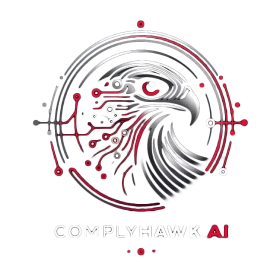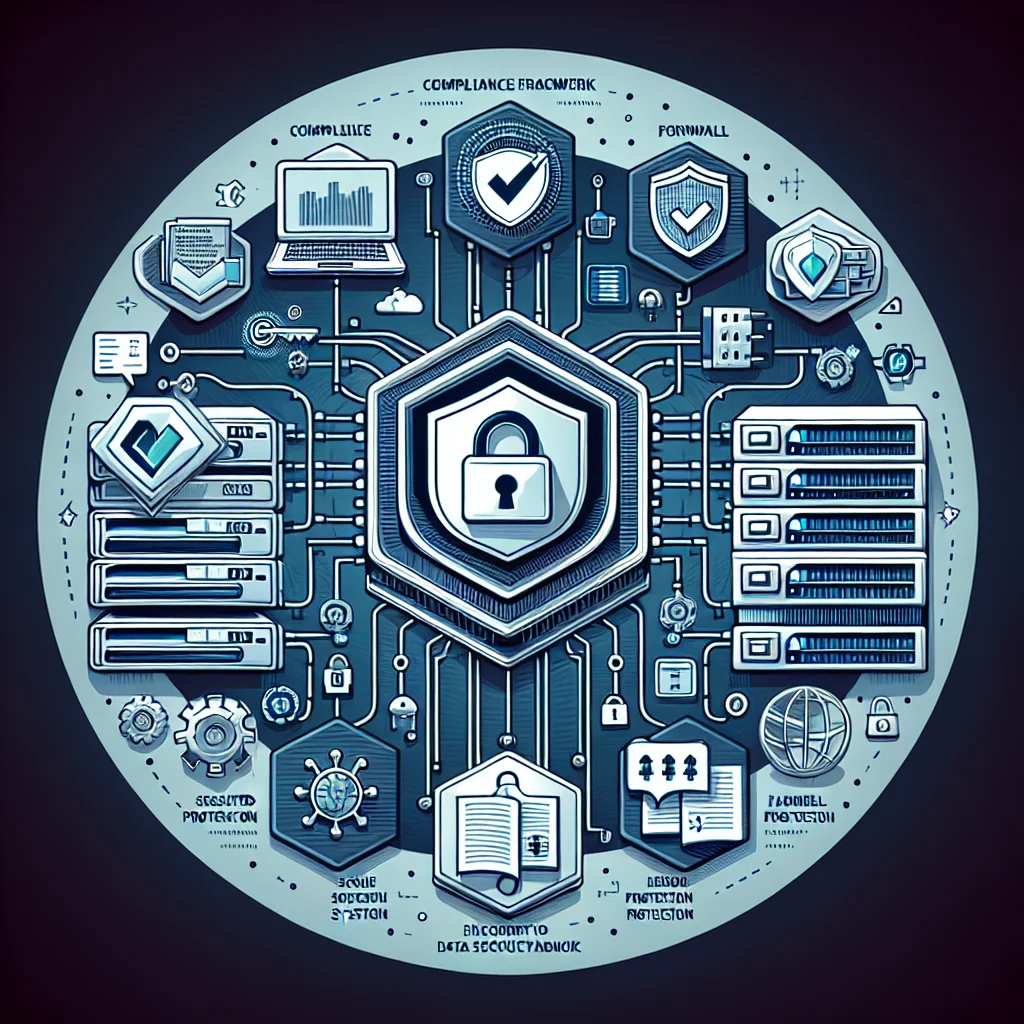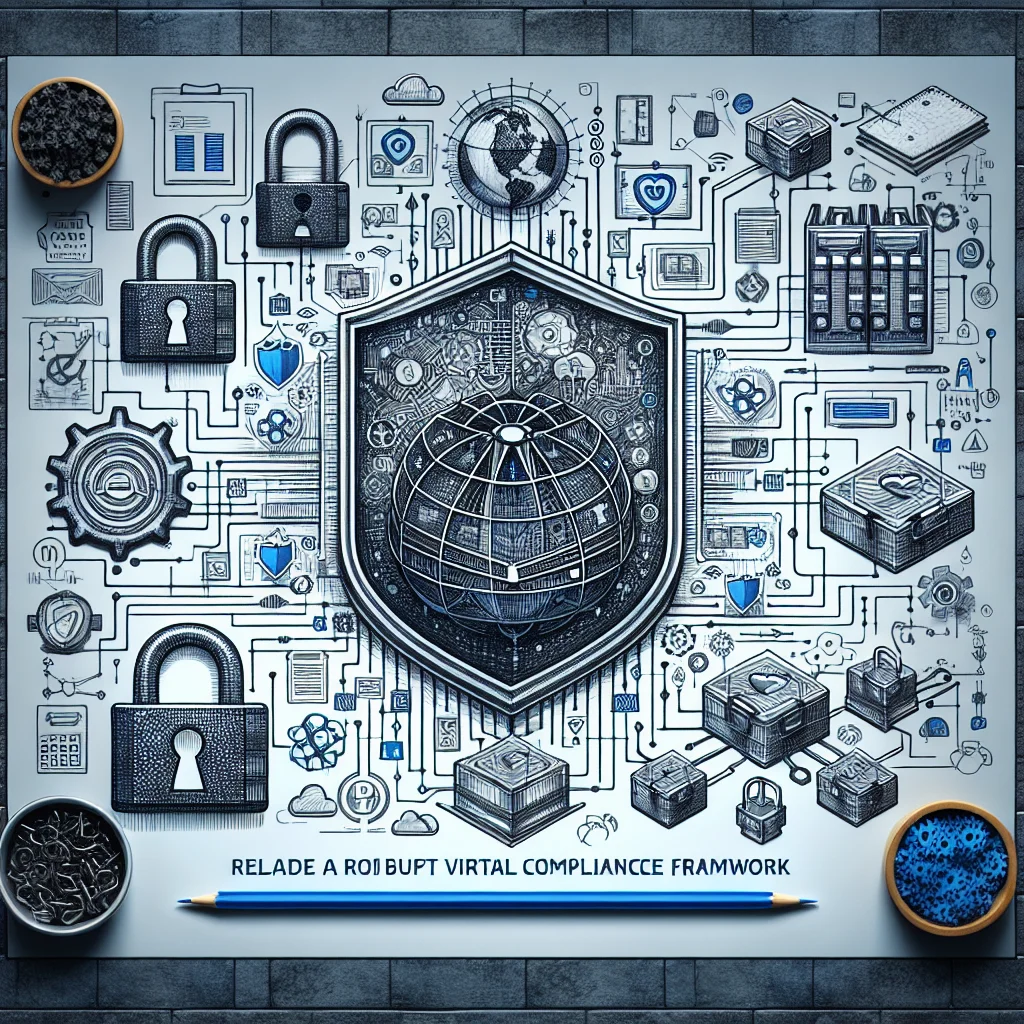Introduction
In the rapidly evolving landscape of cybersecurity, compliance with frameworks like the National Cybersecurity Authority’s Critical Framework for Government Entities (NCA CFGE) is vital. This comprehensive guide aims to demystify the NCA CFGE and answer frequently asked questions from CISOs and IT professionals. Our goal is to empower you with the knowledge needed to streamline your compliance efforts and strengthen your cybersecurity posture.
What is NCA CFGE?
The NCA CFGE is a cybersecurity framework developed by the National Cybersecurity Authority (NCA) in Saudi Arabia. It is designed to enhance the cybersecurity capabilities of government entities and critical infrastructure providers.
Who is it for?
The NCA CFGE is specifically tailored for government entities and organizations that operate critical infrastructure within Saudi Arabia. However, its principles can benefit any organization looking to bolster its cybersecurity defenses.
Frequently Asked Questions (FAQs)
1. What are the main objectives of the NCA CFGE?
The primary objectives of the NCA CFGE are to protect government entities and critical infrastructure from cyber threats, ensure the resilience of essential services, and foster a culture of cybersecurity awareness.
2. How does the NCA CFGE align with other international frameworks like ISO 27001 and PCI DSS?
The NCA CFGE incorporates best practices from various international frameworks, making it compatible with ISO 27001, PCI DSS, and others. This alignment facilitates easier integration for organizations already complying with these standards.
3. What are the key components of the NCA CFGE?
The NCA CFGE consists of several key components, including governance, risk management, asset management, access control, and incident response. Each component addresses specific aspects of cybersecurity.
4. What are the common challenges faced when implementing the NCA CFGE?
Common challenges include resource constraints, lack of skilled personnel, and resistance to change. Overcoming these challenges requires a strategic approach and investment in training and awareness programs.
5. How can automated compliance platforms like ComplyHawk help with NCA CFGE compliance?
Automated compliance platforms streamline the compliance process by providing real-time monitoring, automated reporting, and continuous assessment of cybersecurity controls. This reduces the administrative burden on IT teams and ensures ongoing compliance.
6. Are there any specific considerations for Middle Eastern organizations?
Yes, cultural and regulatory differences must be considered. Middle Eastern organizations should ensure their compliance efforts align with local laws and regulations while considering regional cybersecurity threats and trends.
7. What is the role of risk management in NCA CFGE?
Risk management is a critical component of the NCA CFGE. Organizations must identify, assess, and mitigate cybersecurity risks to ensure the protection of critical assets and services.
8. How does the NCA CFGE address incident response?
The NCA CFGE mandates the establishment of incident response capabilities, including the development of incident response plans, regular testing, and continuous improvement to effectively manage and respond to cybersecurity incidents.
9. What are the common controls between NCA CFGE and ISO 27001?
Common controls include:
- Asset Management (ISO 27001 Clause A.8, NCA CFGE Section 2.1)
- Access Control (ISO 27001 Clause A.9, NCA CFGE Section 2.2)
- Incident Management (ISO 27001 Clause A.16, NCA CFGE Section 2.3)
10. How does the NCA CFGE ensure continuous improvement in cybersecurity?
Continuous improvement is achieved through regular assessments, audits, and updates to cybersecurity policies and procedures. Organizations must stay current with emerging threats and evolving best practices.
11. What are the documentation requirements for NCA CFGE compliance?
Organizations must maintain comprehensive documentation, including cybersecurity policies, risk assessments, incident response plans, and audit reports. This documentation is essential for demonstrating compliance during audits.
12. How can organizations foster a culture of cybersecurity awareness?
Organizations can foster a cybersecurity culture by providing regular training, conducting awareness campaigns, and encouraging employee participation in cybersecurity initiatives.
13. What is the significance of governance in the NCA CFGE?
Governance ensures that cybersecurity efforts are aligned with organizational objectives. It involves establishing roles and responsibilities, defining policies, and ensuring top-level commitment to cybersecurity.
14. How does the NCA CFGE address third-party risk management?
Organizations must assess and manage risks associated with third-party vendors and partners. This includes conducting due diligence, setting contractual requirements, and monitoring third-party compliance.
15. What are the access control measures required by the NCA CFGE?
Access control measures include strong authentication mechanisms, role-based access controls, and regular access reviews to ensure that only authorized individuals have access to critical systems and data.
16. How does the NCA CFGE address data protection and privacy?
The NCA CFGE includes requirements for protecting sensitive data, ensuring data integrity, and maintaining confidentiality. Organizations must implement encryption, access controls, and regular data audits.
17. What are the audit requirements for NCA CFGE compliance?
Regular audits are required to assess the effectiveness of cybersecurity controls and identify areas for improvement. Organizations must conduct internal and external audits as part of their compliance efforts.
18. What is the role of leadership in achieving NCA CFGE compliance?
Leadership plays a crucial role in driving cybersecurity initiatives and ensuring organizational commitment to compliance. Top-level support is essential for successful implementation.
19. How does the NCA CFGE address supply chain security?
Organizations must assess and manage risks within their supply chain, including evaluating the cybersecurity posture of suppliers and implementing controls to mitigate supply chain vulnerabilities.
20. What are the steps to achieve NCA CFGE certification?
The steps to achieve certification include conducting a gap analysis, implementing necessary controls, conducting internal audits, and undergoing an external audit by a certified body.
Frequently Asked Questions
21. What training is required for NCA CFGE compliance?
Organizations should provide training tailored to employees’ roles and responsibilities, focusing on topics such as cybersecurity awareness, incident response, and risk management strategies. Regular refresher courses are also recommended to keep staff updated on best practices.
22. How can organizations measure the effectiveness of their cybersecurity controls?
Effectiveness can be measured through regular assessments, penetration testing, and vulnerability scans. Key performance indicators (KPIs) should be established to track progress and identify areas for improvement.
23. What steps should be taken in the event of a cybersecurity incident?
In the event of a cybersecurity incident, organizations should activate their incident response plan, contain the breach to minimize damage, assess the impact, notify affected parties, and conduct a post-incident review to learn from the event and enhance future responses.
24. How often should cybersecurity policies be reviewed and updated?
Cybersecurity policies should be reviewed at least annually or whenever there are significant changes to the organization, technology, or regulatory environment. Regular reviews ensure that policies remain relevant and effective.
25. What role do employees play in maintaining cybersecurity?
Employees are crucial to the success of an organization’s cybersecurity efforts. They should be educated about threats, encouraged to report suspicious activity, and empowered to follow established security protocols to protect sensitive information.
Common Controls Between Frameworks
Understanding the common controls between the NCA CFGE and other frameworks like ISO 27001 and PCI DSS can simplify the compliance process. Here are some of the key controls:
Asset Management
- NCA CFGE Section 2.1
- ISO 27001 Clause A.8
Access Control
- NCA CFGE Section 2.2
- ISO 27001 Clause A.9
Incident Management
- NCA CFGE Section 2.3
- ISO 27001 Clause A.16
Risk Management
- NCA CFGE Section 2.4
- ISO 27001 Clause A.12
Third-Party Security
- NCA CFGE Section 2.5
- ISO 27001 Clause A.15
Data Encryption
- NCA CFGE Section 3.1
- ISO 27001 Clause A.10
- PCI DSS Requirement 3
Organizations must implement strong encryption measures to protect sensitive data both at rest and in transit. This includes key management practices and ensuring that encryption protocols are up to date.
Security Incident Response
- NCA CFGE Section 3.2
- ISO 27001 Clause A.16.1
- PCI DSS Requirement 12.10
A robust incident response plan is essential for minimizing damage during a security breach. This control mandates the development, implementation, and regular testing of incident response procedures to ensure readiness.
Employee Training and Awareness
- NCA CFGE Section 3.3
- ISO 27001 Clause A.7.2
- PCI DSS Requirement 12.6
Continuous education and training programs are crucial for fostering a culture of security within the organization. This control involves providing regular training on security policies, procedures, and best practices tailored to the needs of employees.
Continuous Monitoring
- NCA CFGE Section 3.4
- ISO 27001 Clause A.12.4
- PCI DSS Requirement 10.6
Regular monitoring of systems and networks is necessary to detect and respond to potential threats swiftly. This control emphasizes the importance of implementing automated tools and techniques for ongoing security assessments and compliance checks.
Vulnerability Management
- NCA CFGE Section 3.5
- ISO 27001 Clause A.12.6
- PCI DSS Requirement 6.2
Organizations should establish a proactive vulnerability management program that includes regular scanning for vulnerabilities, timely updates and patches, and prioritization of remediation efforts based on risk assessment findings.
These additional controls further align the NCA CFGE with ISO 27001 and PCI DSS, creating a comprehensive security framework that emphasises risk management and the protection of sensitive information.
Conclusion
Navigating the complexities of NCA CFGE compliance requires a thorough understanding of its requirements and how they align with other international frameworks. By leveraging automated compliance platforms like ComplyHawk, organizations can streamline their compliance efforts and enhance their cybersecurity posture.
If you’re a CISO or IT professional looking to streamline your compliance efforts and enhance your organization’s cybersecurity posture, consider partnering with an automated compliance platform such as ComplyHawk, which is a specialist in this framework and region.



